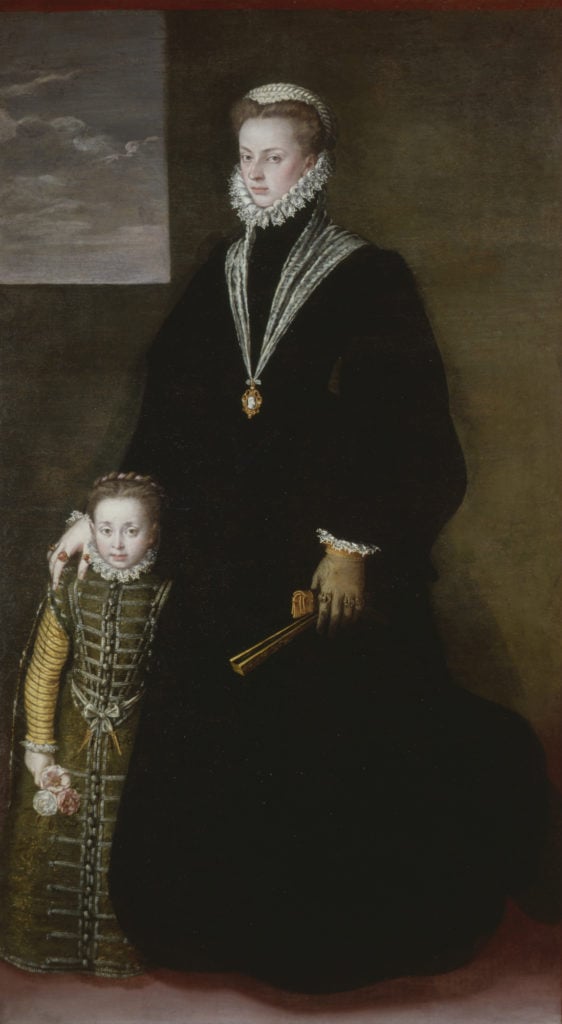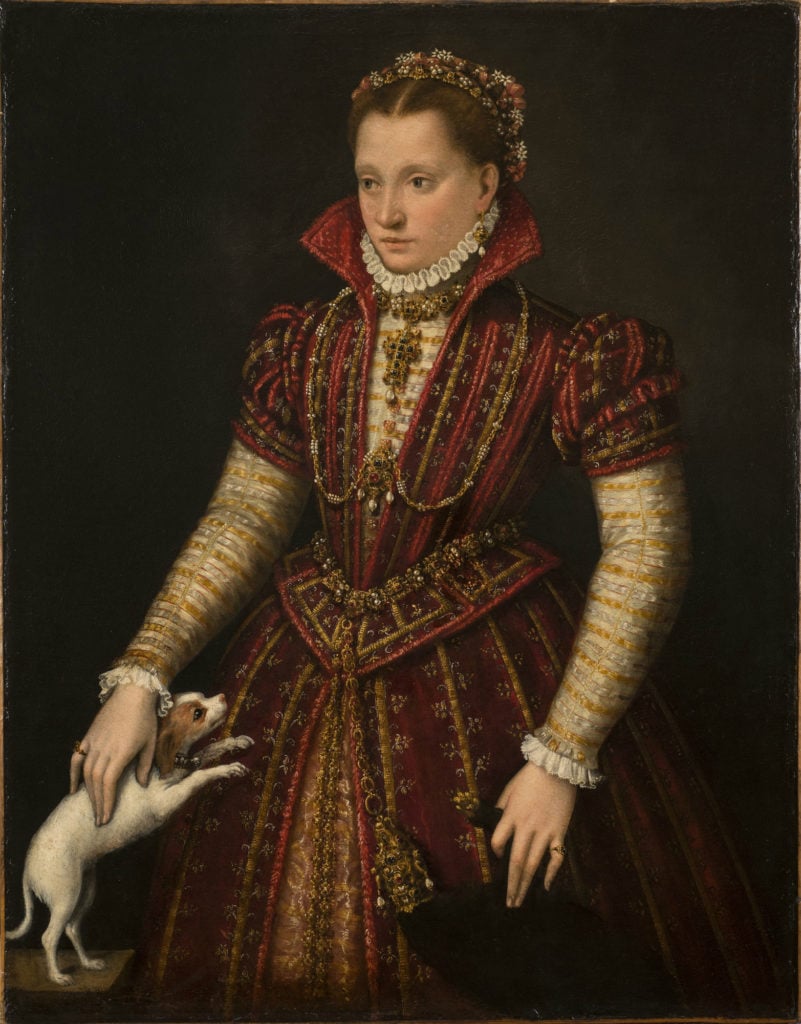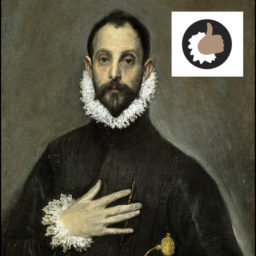As institutions across the globe work to expand the male-dominated art-historical canon, the Prado is planning a show of two lesser-known female Renaissance artists.
The exhibition, due to open in October 2019, will explore the work of two pioneering 16th-century women: Sofonisba Anguissola, who was a court painter for King Phillip II of Spain, and Lavinia Fontana, who is considered the first professional female artist. The duo will share the spotlight during the Prado’s bicentenary celebrations next year with alpha-male Old Masters Rembrandt and Velázquez.
The show is particularly momentous for an institution that organized its first show devoted to a female artist just two years ago. But the upcoming exhibition is part of a wider trend among leading art museums, which are belatedly looking to revisit overlooked historical female artists. In 2017, the Uffizi Gallery in Florence has made a concerted effort to show more female artists. Meanwhile, earlier this summer, the National Gallery in London purchased a rare self-portrait of the 17th-century Italian artist Artemisia Gentileschi for more than $4.6 million.
Like Gentileschi, the two women in the Prado exhibition were both born in Italy, but they came from different social classes. Lavinia Fontana (1552–1614) was the daughter of a painter in Bologna. Sofonisba Anguissola (around 1532–1625) was born into an aristocratic family—albeit a financially squeezed one—from Cremona.
Fontana is regarded as the first professional female artist. A prolific painter through 11 pregnancies, she supported her family with her art. Her husband was her assistant and agent. After she moved to Rome, she was commissioned by a succession of popes and members of the nobility.
Meanwhile, Anguissola, who lived until she was in her 90s, was never paid for her portraits. As a noblewoman, it was not considered proper for her to receive a fee. Instead, she is said to have received gifts of jewels and clothes in exchange for her work.
Baltimore’s Walters Museum of Art owns an early masterwork by the artist, which is on the Prado’s exhibition wish list, a spokeswoman confirms. Anguissola painted the sensitive Portrait of the Marquess Massimiliano Stampa in 1557, when she was 21 or 22 and her subject was nine years old. The work brought the young artist to the attention of the King of Spain, who called her to his court the following year. She was officially a lady-in-waiting to Isabel de Valois, his third wife, tasked with teaching her how to draw.

Sofonisba Anguissola, Juana of Austria and a Young Girl (1561-62), courtesy of the Isabella Stewart Gardner Museum.
Although the Prado owns several works by Anguissola, European museums were generally far lass active in collecting the work of these artists than American institutions. So the Prado will be relying largely on loans from peer institutions in the US.
The National Museum of Women in the Arts in Washington, DC, has already approved the Prado’s request to borrow two works by Fontana—Portrait of a Noblewoman (around 1580) and Portrait of Costanza Alidosi (around 1594), a spokeswoman confirms. The Walters Museum of Art in Baltimore is currently considering the Prado’s request to borrow Anguissola’s Portrait of Marquess Massimiliano Stampa (1557), which forms part of Henry Walter’s founding collection.
The Isabella Stewart Gardner in Boston, meanwhile, owns another masterwork by Anguissola, but declined to comment on whether the portrait, Juana of Austria and a Young Girl (1561–62), which Isabella Steward Gardner purchased herself in 1897, would travel to Madrid.
Susan Fisher Sterling, the director of the National Museum of Women in the Arts, is delighted that these two artists will form part of the Prado’s bicentenary celebrations. “The women artists who excelled during the early modern period generally did so against great odds,” she says. “Changing the entrenched narrative is an arduous task but one that will gain momentum as more institutions collect and exhibit art by women.”
Her institution presented the first exhibitions of their work in the US more than 20 years ago. Those shows “brought much-deserved attention to and increased scholarship about these two luminaries—or, as we sometimes call them, our Old Mistresses—bad joke intended,” Fisher says.
Xavier Bray, the director of the Wallace Collection in London and an expert in European painting, says that the prevalence of these works in American museums reflects US collectors’ forward-thinking tastes. The Prado’s decision to put them in the spotlight now, he adds, “is a political as well as an artistic statement. For Spain, it is a great step forward.”









